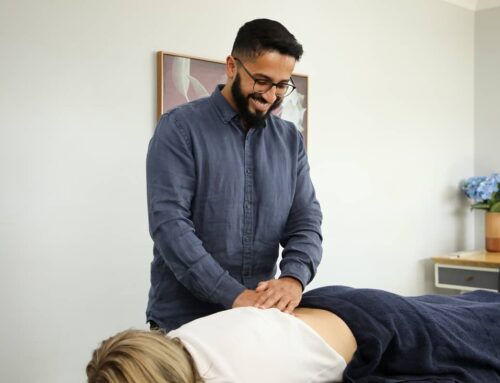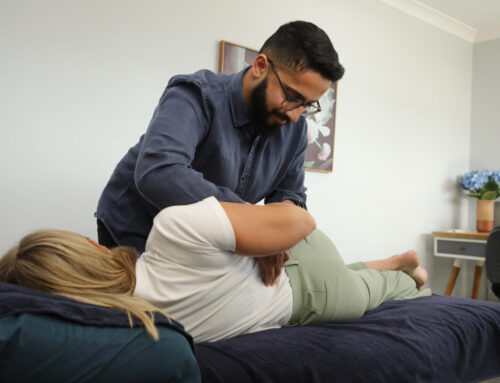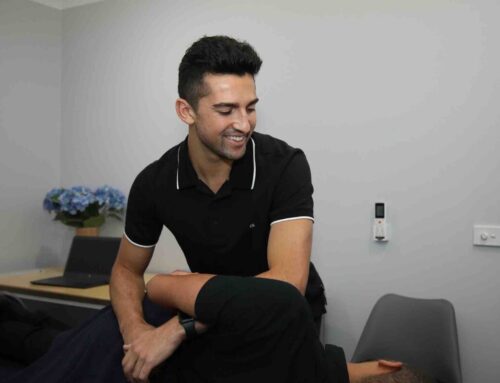 Ever experience these symptoms?
Ever experience these symptoms?
- Pain on the outside of your shoulder
- Pain may spread down the outside of your arm from the tip of your shoulder
- Pain made worse when lying on your affected shoulder
- Pain made worse when using your arm above your head
If you have ever experienced these symptoms you are commonly experiencing a case of subacromial bursitis. Often a simple ultrasound will diagnose bursitis. But why did it occur?
Often I will have people tell me the reason for their shoulder pain is bursitis and if they do nothing and not aggravate it, it will eventually go away. That is until they “over-do it again” or it’s simply “one of those things that happens because i’m getting old.”
Bursitis is a secondary cause of an underlying issue. Meaning it is only there due to another part of your shoulder being dysfunctional. It is not the cause of your shoulder injury, but a symptom of an inflammatory process that is taking place in your shoulder. And there are a number of reasons for this.
As Osteopaths, It is our job to look at your shoulder and identify the PRIMARY cause of why you have bursitis. This could be because you have one or more of the following:
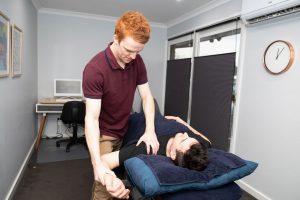 Causes of Bursitis:
Causes of Bursitis:
- Tendinopathy
- An error in your movement pattern
- A labral tear
- Shoulder instability causing pressure on your tendons to become inflamed, amongst others
Whatever the reason, without addressing the PRIMARY cause, your bursitis will most likely return. However, that doesn’t mean you have to succombe to a life of not being able to raise your arm above your head, wash your hair or reach into the back seat.
An important part of understanding your shoulder injury is to look at the way you move. This can address some movement errors which cause pain, function, weakness and a decreased range of motion. Without addressing and correcting these movement errors, your bursitis will most likely come back and your underlying problem will get worse.
The good news is, shoulders are adaptive, and can be retrained – once your movement pattern is addressed, we can then start to correct it!
What are the benefits of correcting a dysfunctional movement pattern?
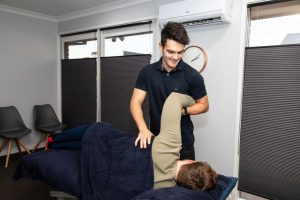 Decrease pain
Decrease pain- Address future problems
- Avoid degenerative tendons
- Prevent osteoarthritis
- Help prevent neck pain
- Correct posture and avoid clicky shoulders
- Increase pain-free range of motion
- Avoid surgery
Do not ignore what your body is telling you when you have bursitis. You could be on a path toward long term damage by not acting and addressing your movement patterns. If you or someone you know is experiencing shoulder pain, please share this blog. And we are more than happy to answer your questions via email to see if Osteopathy is right for you. I can be contacted at breanna@pakenhamosteopathy.com.au so feel free to reach out!
Images
1 Photo by Jesper Aggergaard on Unsplash
